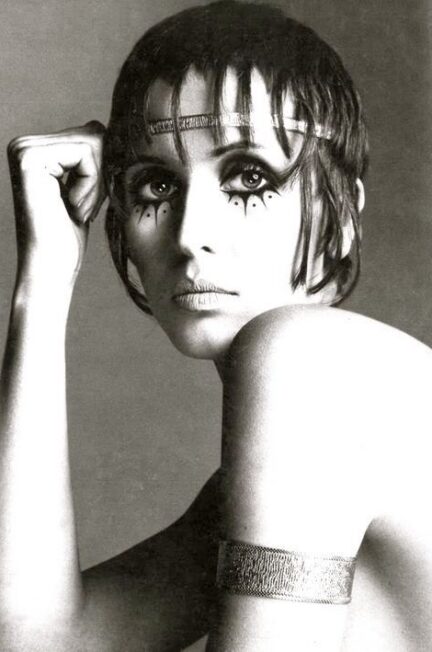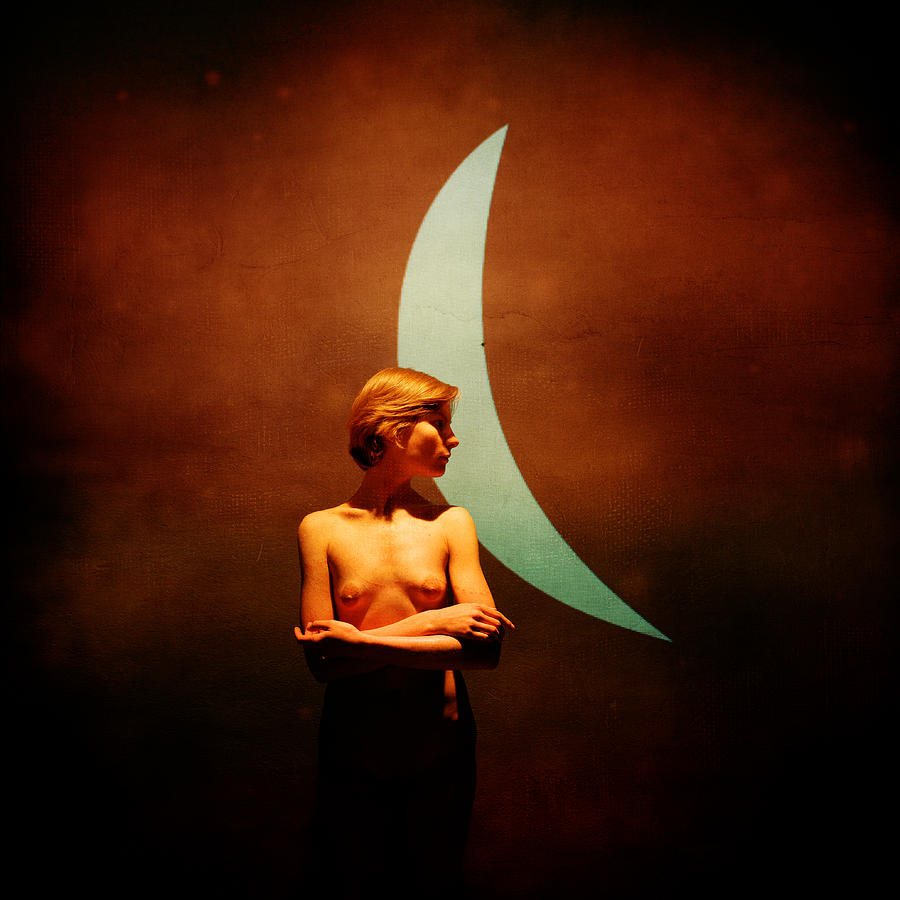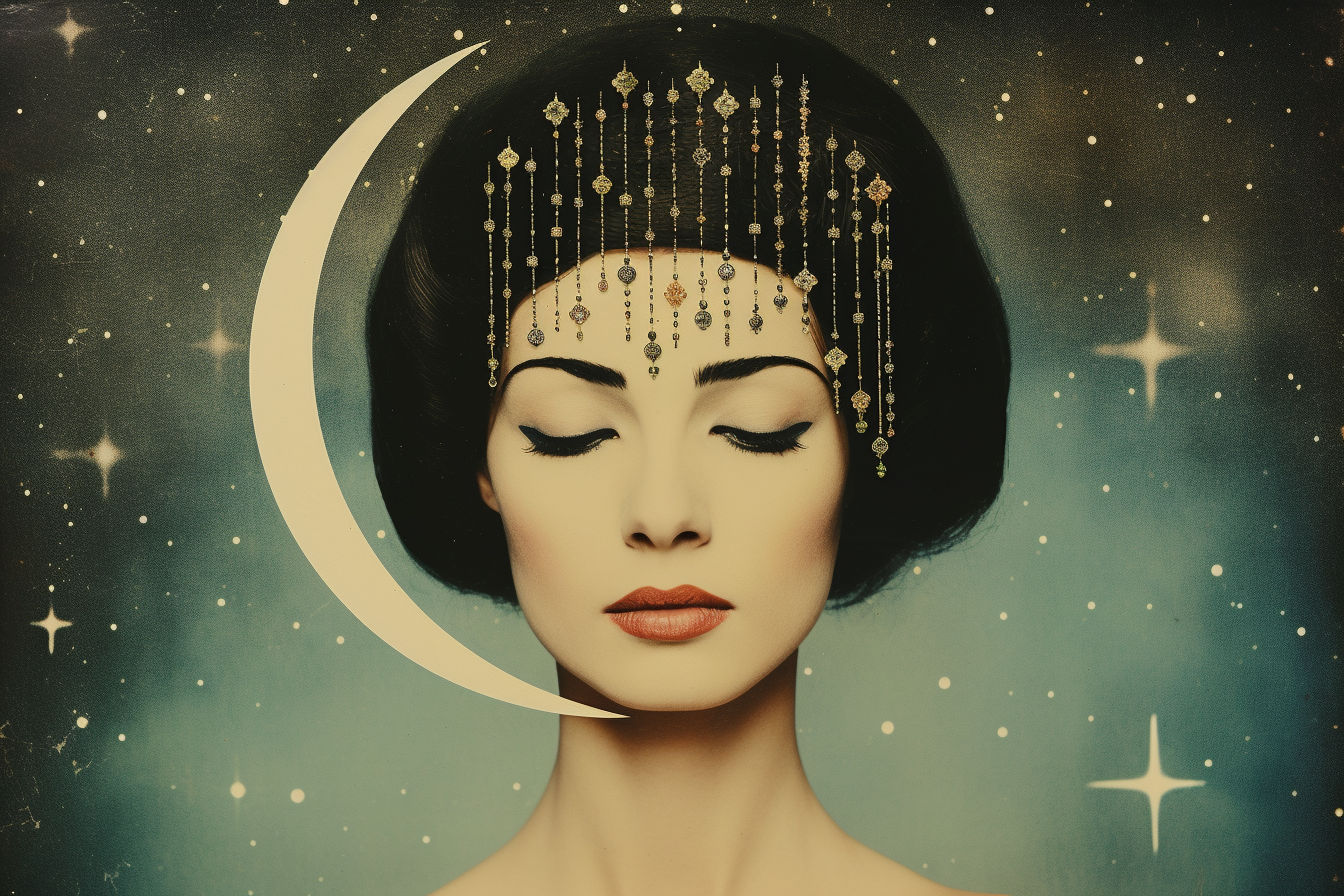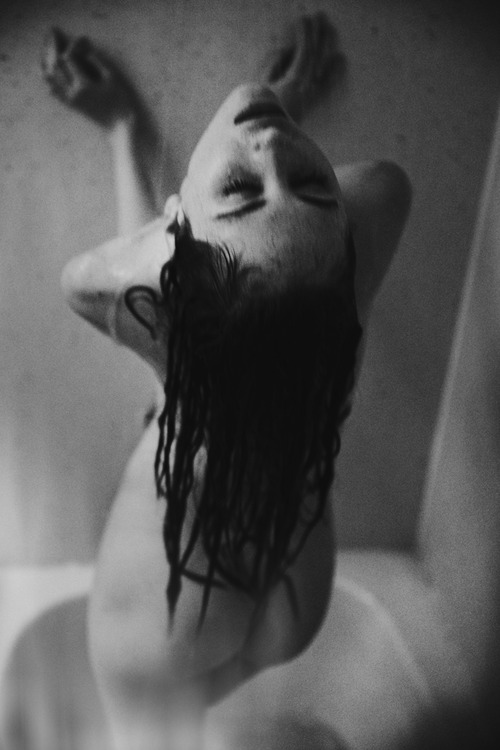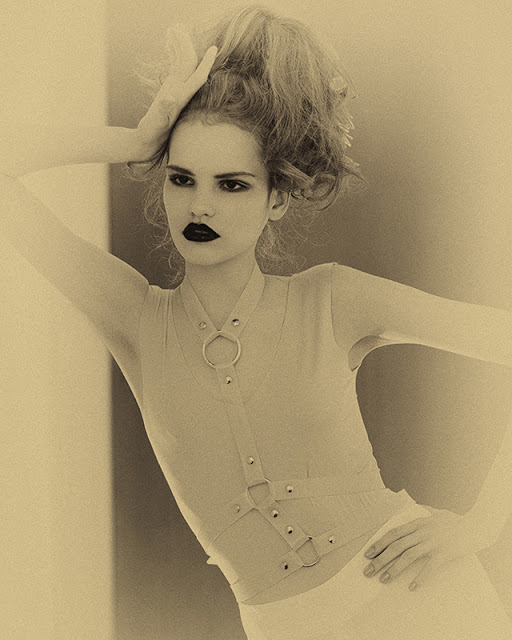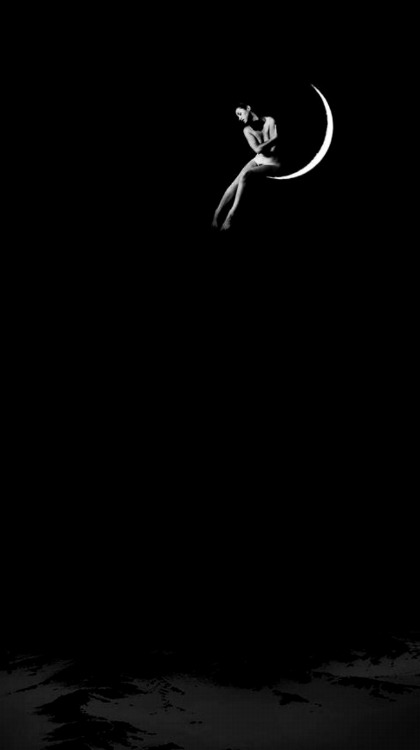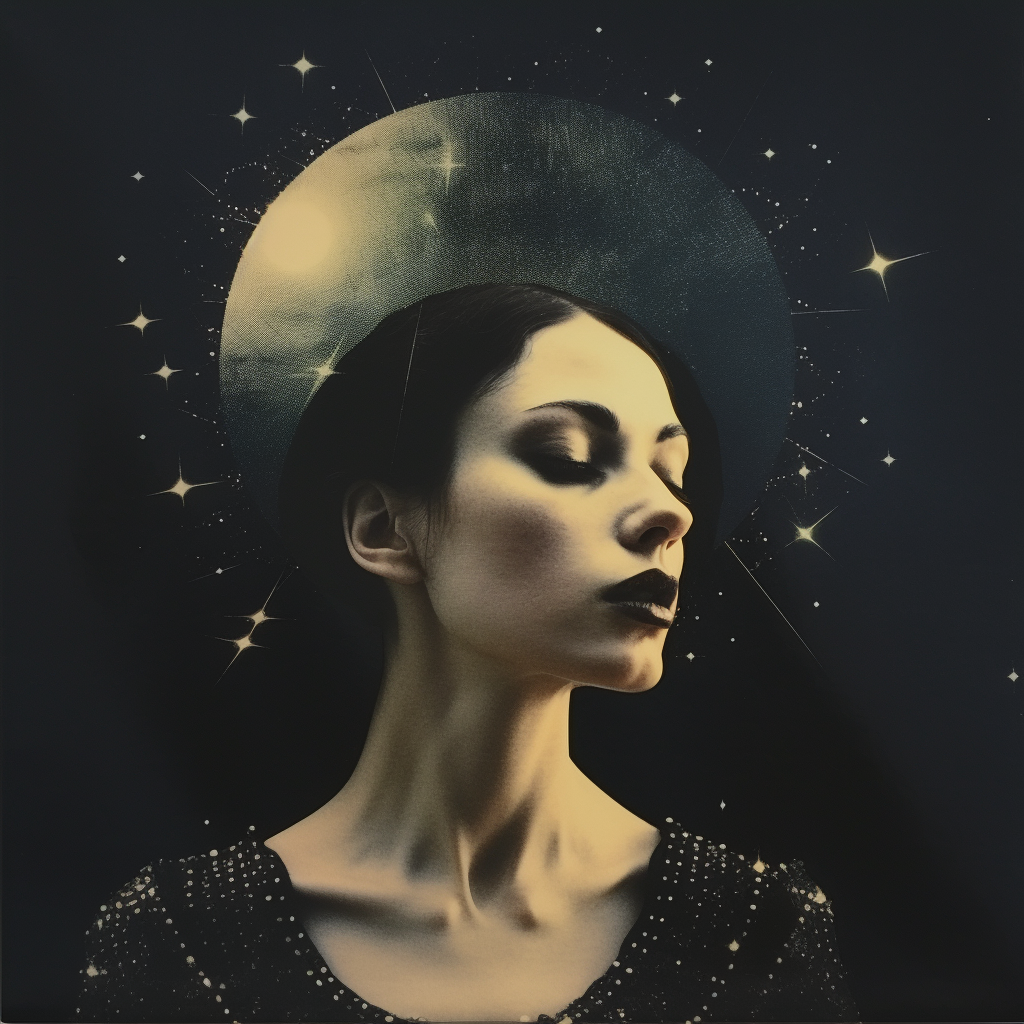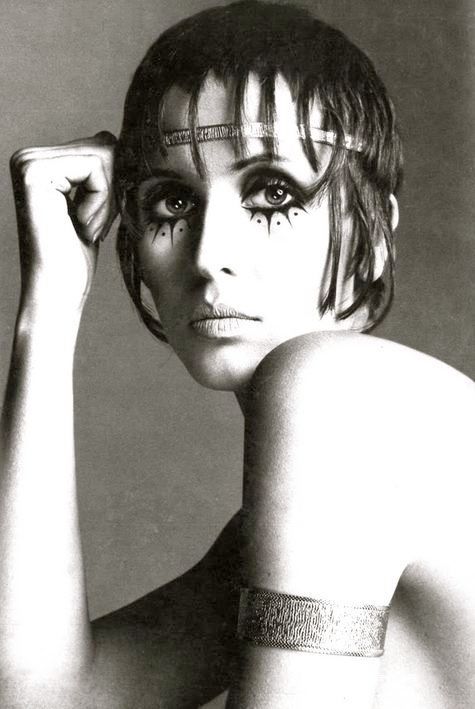 The term “Luminary” is traditionally used to describe the Moon, highlighting its role and significance as a source of light and influence, despite not being a planet. In the realm of traditional astrology, the Moon holds a pivotal position as the Earth’s satellite and is regarded as the second most important body after the Sun. In modern astrology, the Moon is often granted equal significance to the Sun, reflecting a shift in understanding its power and role. The Moon’s gravitational influence affects the Earth in various ways. It primarily controls the oceanic tides, creating a rhythmic ebb and flow, and its pull also extends to the nocturnal opening of some flowers that bloom exclusively under the moonlight. The cultural and poetic attraction to the Moon is pervasive. It has been a muse for countless love songs, where songwriters and poets often depict its soft, silvery light as the ideal backdrop for romance and introspection. This imagery reflects the Moon’s ability to stir deep emotions and thoughts, making it a symbol of love, mystery, and contemplation across various eras.
The term “Luminary” is traditionally used to describe the Moon, highlighting its role and significance as a source of light and influence, despite not being a planet. In the realm of traditional astrology, the Moon holds a pivotal position as the Earth’s satellite and is regarded as the second most important body after the Sun. In modern astrology, the Moon is often granted equal significance to the Sun, reflecting a shift in understanding its power and role. The Moon’s gravitational influence affects the Earth in various ways. It primarily controls the oceanic tides, creating a rhythmic ebb and flow, and its pull also extends to the nocturnal opening of some flowers that bloom exclusively under the moonlight. The cultural and poetic attraction to the Moon is pervasive. It has been a muse for countless love songs, where songwriters and poets often depict its soft, silvery light as the ideal backdrop for romance and introspection. This imagery reflects the Moon’s ability to stir deep emotions and thoughts, making it a symbol of love, mystery, and contemplation across various eras.
Traditionally, the Moon has been seen as a luminary, a planet of intuition and emotion, a mirror reflecting the hidden depths of our inner worlds. In the astrological world, she represents the subconscious, the emotional tides that ebb and flow within us, much like her sway over the ocean’s tides. She governs the realms of dreams, instincts, and the nurturing aspects of our psyche, often acting as the silent partner to the Sun’s bold light. Her cycles, waxing and waning, mirror the natural rhythms we experience—birth, growth, decline, and renewal.
The Moon and Femininity
The Moon, with its gentle, silvery glow and ever-changing phases, has been closely associated with feminine qualities and influences in astrology. Symbolizing nurturing, protection, and the cyclical nature of life, mirroring many aspects traditionally connected to femininity. In astrology, the Moon’s influence extends deeply into the realms of women’s lives, fertility, marriage, motherhood, and domesticity. It reflects emotional depth, intuition, and the capacity for reflection and change, qualities often celebrated and observed in the traditional understanding of womanhood.
Astrologically, the Moon is thought to govern body parts that are central to conception and nurturing: the breasts, stomach, and womb. These associations are deeply symbolic—each represents a facet of life creation and sustenance. The breasts nourish, the stomach processes and converts food into energy, and the womb is where life begins, embodying the cycle of receiving, nurturing, and bringing forth new life.
Her nature is feminine and moist, embodying the fluidity and receptivity that are the hallmarks of the feminine principle. Her silvery light, softer than the Sun’s harsh rays, casts a soothing glow that speaks to the quiet power and profound depth of femininity. The Moon’s dominion over women, fertility, and motherhood symbolize her role as mother, the ultimate nurturer. She presides over the sacred mysteries of life, from the conception of new beings to the tender care of family and home. Just as the Moon’s phases mirror the cyclical nature of women’s lives, so too does she reflect the ebb and flow of emotions, the waxing and waning of moods, the sensitivity of the feminine psyche. She is the guardian of the cycles of growth and gestation, whether it be in human life or the natural world. Her gravitational pull governs the tides of the Earth’s waters, those vital arteries of our planet, just as she governs the tides within us—our emotions, our instincts, our deepest selves.
In astrology, the Moon in the natal chart is an indicator of the inner, reflective aspects of an individual. It sheds light on unconscious impulses, emotional reactions, and the deeper layers of one’s psyche that stem from early childhood experiences and the foundational mother-child relationship. It acts as a mirror, reflecting our needs for emotional comfort and security, and it significantly influences how we seek and maintain emotional connections throughout our lives.
The Moon’s position and aspects in a natal chart can reveal much about a person’s instinctual reactions and subconscious motivations, which often operate without the shield of conscious control or awareness. This lack of “conscious protection” means that the Moon can expose vulnerabilities and deep-seated emotional patterns that shape an individual’s behavior and interactions.
Astrologically, the Moon is also linked to various phenomena considered outside the ordinary, including paranormal abilities or the more esoteric and mystical experiences of life. Its connection to femininity and women—especially the aspects of creation, cycles, and intuition—highlights its role in embodying what might be seen as ‘mysterious’ intuitive powers.
Those described as “Luna types” are often deeply affected by the cyclical and changeable nature of life, mirroring the Moon’s phases. For them, stability, security, and the warmth of human contact often take precedence over grand ambitions or rigid plans, as they are attuned to the fluidity of life on a more intuitive, day-to-day basis. These individuals typically exhibit a caring, reassuring, and compassionate approach to dealing with life’s challenges and relationships, embodying the nurturing essence of the Moon in their everyday lives.
The Moon in the natal chart unveils the depths of our reflective selves, the shadowy nooks and crannies where our unconscious impulses and emotional reactions reside. It is here, in this lunar landscape, that we glimpse our subconscious motivations, stripped of the conscious defenses we so carefully construct. The Moon, with her silvery, mysterious glow, taps into the feminine side of humanity, connecting us to those uncanny, often inexplicable phenomena of the paranormal. She is the keeper of women’s secret powers, the silent witness to their cycles, their emotions, their innate magic. Women, in their ability to create life, mirror the Moon’s own cycles of waxing and waning, growth and renewal. Their emotions, like the tides she governs, ebb and flow with a rhythm that speaks to ancient, primal truths. For those whose charts are ruled by Luna, changeability and cyclical nature become the essence of their existence. They are attuned to the fluidity of life, understanding that safety and security, the warmth of human contact, are paramount. In a world that often demands a strong sense of purpose, Luna types find their strength in the ever-shifting tides of daily existence. Their sensibility and reassurance provide a safe harbor for those adrift in the tumultuous seas of life.
In the realm of astrology, the Moon’s placement in the natal chart reveals much about our inner worlds, our deepest needs, and our emotional landscapes. She tells the story of our childhoods, the foundational experiences that shape our emotional responses. The Moon’s position can illuminate our relationship with our mothers, that first and most profound bond that sets the stage for all subsequent relationships.
“THE MOON Just as the sun and moon are the two most significant celestial bodies for those of us inhabiting Earth, so are the Sun and Moon in the birth chart dominant in the soul’s present life, and are likewise important. Jung attributed the powers of the Sun to the male archetype, and the powers of the Moon to the female archetype; thus the Sun and the Moon represent the classic polarity between the yang, or the active, influential, male essence, and the yin, or the passive and receptive female essence. As such, the Sun symbolizes the patron father, while the Moon symbolizes the nurturing and protecting mother, as well as the home and family. In nature, the moon reflects the sun’s light, so that astrologically speaking, the Moon represents the principle of reception and response. This principle in turn symbolizes the emotions and one’s capacity to sense and to reflect the moods and needs of others; thus the Moon is also identified with care and sympathy. In addition, the Sun represents the present, and the Moon, the past. The Moon reflects what a person was in the past, whether in this incarnation or in the overall past of the soul. The Moon represents the gamut of experiences, memories, impressions, and habits of the past, as well as patterns and behaviors that come naturally to a person. We feel comfortable with these patterns immediately upon birth, because they are already familiar to us, having been rooted in our subconscious. The Moon shows us the roots of our self-image. It expresses the incarnating soul’s deepest needs for security, as well as the means by which the soul searches to fill this need. It also expresses our instinctive reactions and the ways in which we automatically protect ourselves. The Moon represents the subconscious, while the Sun represents the conscious. As such, an astrological look at the relationship between them (for example, the degree of compatibility between their signs and the aspects between them) shows the degree of a person’s capacity to integrate the conscious self and the subconscious self. This integration is what contributes to the completeness of the personality.” Karmic Astrology: Past Lives, Present Loves by Ruth Aharoni
